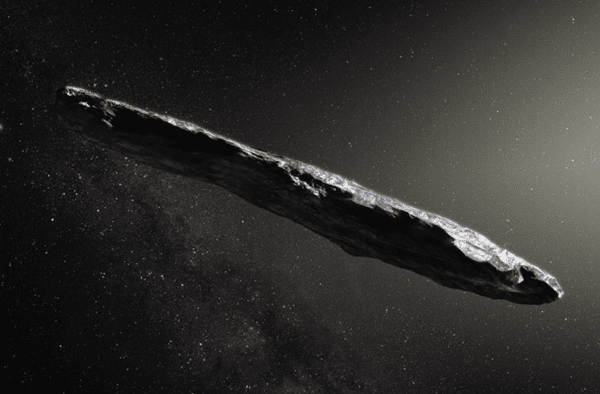While we haven't found any evidence of life in space so far, that doesn't mean we should be unprepared for the day when things might change. After all, many scientists think alien life is a real possibility, if not an absolute probability.
Laboratories around the world have been engaged in this research for years, with the latest arrival, China, fierce also in this field. If (or when) we ever find that evidence, a new scientific outlook from NASA tells us we must be ready, prepare for the event.
In the paper, led by none other than the space agency's chief scientist, James Green, NASA researchers argue why we need to establish a framework for reporting evidence of life in space.

With great powers comes great responsibilities.
“Our generation could realistically be the ones to discover evidence of life beyond Earth,” the research team writes. “From this privileged potential comes responsibility.” According to researchers, humanity's discovery of alien life is unlikely to be a “yes or no,” all-or-nothing event. It is more likely that the detection of life in space will be an ever-evolving process of scientific investigation and discovery. The sooner we understand, the better.
“The story includes many claims about life detection that later turned out to be incorrect or ambiguous when considered in purely binary terms,” the researchers explain. In order to evaluate on multiple levels what can be considered "life in space" and what cannot, we need a progressive scale. Something similar to technological readiness level (TRL) scale that NASA itself uses to monitor the progress of space flight instruments, throughout the process from their conception to their use in real missions.
A scale for detecting life in space

In the context of astrobiological detections of life, NASA says we could use some sort of “life detection confidence” scale. Initial detection of potential biosignatures would be rated lower, specific and certain evidence of living organisms would be rated higher.
Making a progressive scale of this kind and ranking all the various discoveries in order of importance would help the scientific community of the world to interpret any new discovery related to life in space.
Establishing best practices for communicating about detecting life in space can serve to set reasonable expectations about the early stages of an extremely challenging undertaking. It can build public trust by making clear that false starts and dead ends are expected. It can even be potentially productive of the scientific process.
From an excerpt of the article
Whatever the outcome of the dialogue, the important thing is that it happens. Only then will the authorities in the field be truly effective in communicating the results of their research on life in space without falling into blatant announcements or boring and frustrating reports.
The perspective was published in Nature.


